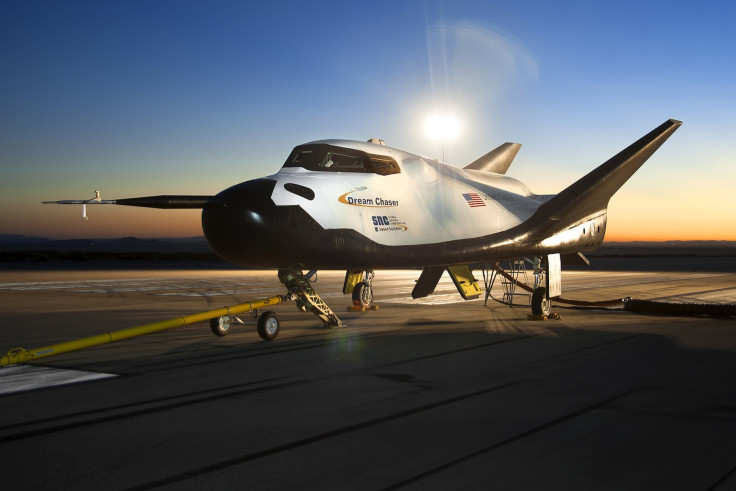Private Dream Chaser Space Plane Passes Flight Test

The privately built Dream Chaser space plane passed a “captive carry” test on Thursday. The so-called mini-space shuttle -- produced by a unit of the privately held Sierra Nevada Corp. based in Sparks, Nev. -- is expected to fly on its own this fall, Space.com reported.
The plane is being crafted to fly astronauts to and from the International Space Station. It is designed to carry seven people and will land like a conventional aircraft.
During the test, the Dream Chaser was held in the air by an Erickson Air-Crane heavy-lift helicopter, Space.com said. The test was conducted above NASA’s Dryden Flight Research Center in Edwards, Calif. NASA has partnered with the company for the project, awarding Sierra Nevada $227.5 million so far, Space.com reported.

The plane was carried by the helicopter for two hours during the test. It reached a maximum altitude of 12,400 feet, following a path similar to the one the space plane will take during approach and landing tests in the future. The flight computer, guidance, navigation systems, landing gear and nose skid were all evaluated during the test, World Magazine reported.
On Aug. 2, the space plane underwent a series of successful “ground tow tests,” conducted to check the spacecraft’s braking and runway-landing systems, according to Space.com.
© Copyright IBTimes 2024. All rights reserved.












